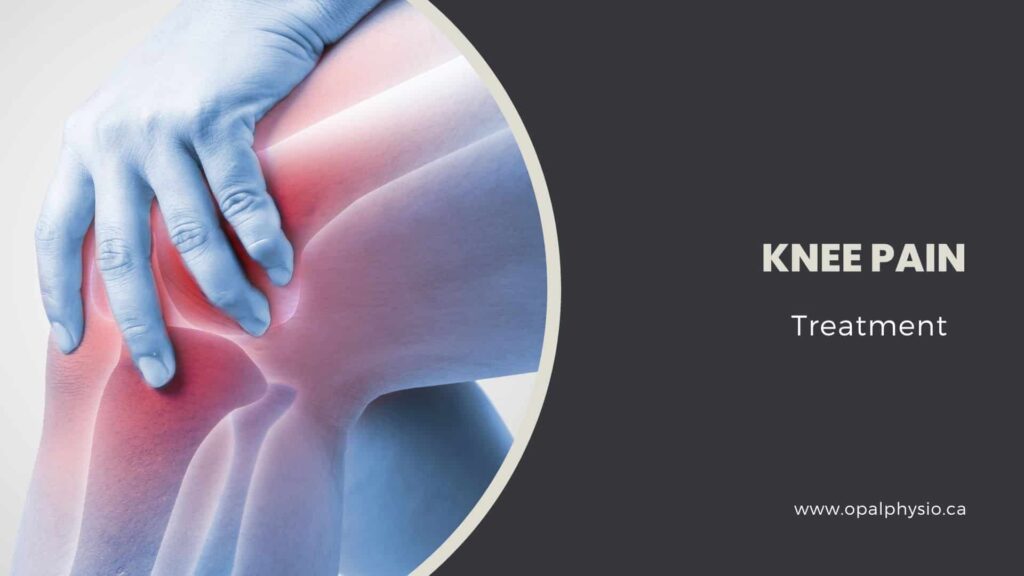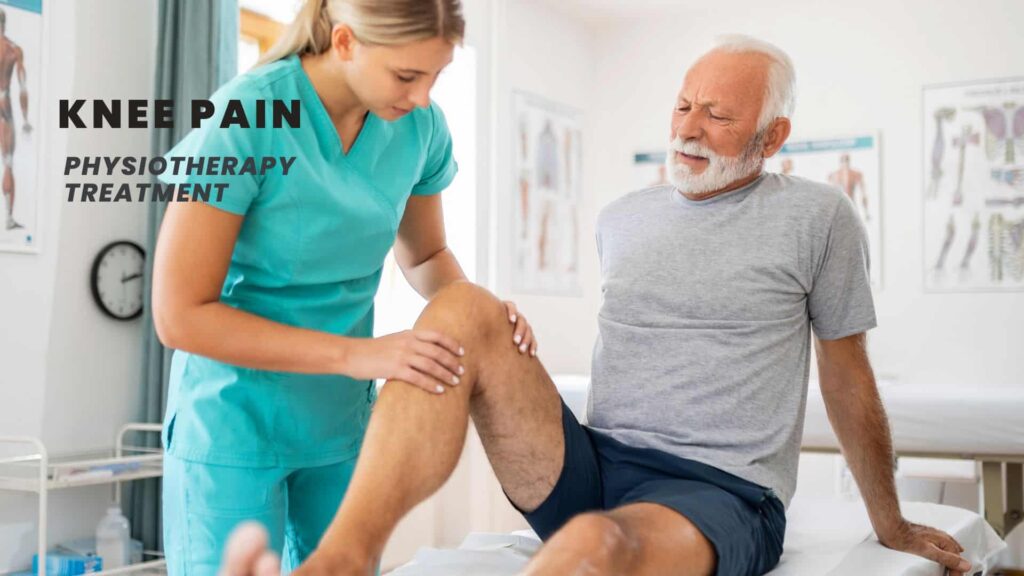Knee Pain Physiotherapy Treatment
Knee pain is one of the most common medical conditions affecting most people, and it can be debilitating for those who experience it. This is why it is essential for those who experience knee pain to know what may be causing the symptoms, how to treat the condition, and, more importantly, how to avoid re-injury.
Physiotherapy can effectively treat knee pain, improve function, and prevent surgery in many cases. A physical therapist can provide personalized treatment and exercise recommendations based on the specific knee condition.
Knee Pain Treatment in Langley
At Opal Physio, we provide our patients with a range of multi-level approaches to assist individuals attempting to lessen their knee pain and become even more active. We can also assist athletes in helping to maintain their most essential instrument — their body. Our physiotherapist in Langley can address your concerns related to pain in the knee, avoid additional injury, alleviate discomfort and return to function.

Symptoms of Knee Pain
Signs and symptoms of knee pain are varied based on the condition. This is because the symptoms are often subjective and differ from person to person. People need to know what these signs mean to get the help they need promptly.
The most common symptom of knee pain is a dull ache in the affected joint or muscle group that worsens over time or becomes more intense with activity.
Other common signs of knee pain include
Causes of knee pain:
There are various causes of knee pain.
- Injury: sprains, strains, tears of ligaments (ACL, MCL, PCL), cartilage tears (meniscus), tendonitis, fractures, dislocations
- Inflammatory diseases like osteoarthritis, rheumatoid arthritis, baker cysts, bursitis and gout.
- Patellofemoral pain syndrome: It is a condition affecting the kneecap. It typically develops near the patella bone on the front of the knee. It is a common cause of knee pain due to poor biomechanics in the patellofemoral joint, overuse, or an injury and muscle imbalance. It is also called Chondromalacia patella or Runner’s knee.
- Osteochondritis dissecans is common in children and adolescents. It is caused by subchondral bone and articular cartilage lesions due to a lack of blood supply.
- Infection: in the joint capsule or synovial fluid
- Overuse: knee pain results from repetitive load to the knee joint from activities that overstretch, tighten or otherwise put pressure on it. The most common cause of this type of pain is when a person begins a new physical activity.
- Patella Tendinopathy: It is the inflammation of the tendon in the font of the knee that connects the knee cap to the shinbone
Risk factors:
Certain risk factors for knee pain exist, such as age, being overweight, being involved in particular sports activities, having had a previous knee injury, and lack of muscle conditioning.
Management Options for Knee Pain
Surgical and conservative treatment options are based on the severity of whether you have pain in the knee from an injury or chronic knee pain conditions.
Physiotherapy treatment approaches can include exercises and bracing, which are standard treatment options widely used to help relieve pain and improve function.

Physiotherapy Treatment for Knee Pain in Langley.
Physiotherapy can effectively treat many causes of knee pain and improve function. Physical therapy helps the body recover from a knee injury or disease and can also help manage chronic knee pain. Treatment aims to enable people to regain their normal mobility and pain relief.
Our treatment approaches can include
Recovery Time after a Knee pain:
The recovery time will depend on how severe the pain is and how quickly you can get the proper treatment. Depending on the problem’s severity, it could take a few weeks to several months for your body to heal. In some instances where you have had a meniscal or ligament tear, arthroscopic surgery may be required.
If surgery is required, we always recommend getting pre-operative rehabilitation to help ensure your recovery is good after the surgery. Contact us if you need to book an appointment.
Remember that recovery is a process, and being consistent with your exercise program is vital for your progress.
If you have knee pain that has not resolved within a few weeks or is getting worse, we recommend you call us to book an appointment. Your Physiotherapist at Opal Physiotherapy in Langley will be able to provide an initial assessment and evaluation and provide guidance to treatment. Our physio will be able to offer a conservative treatment approach to help you get back to your life without pain.
